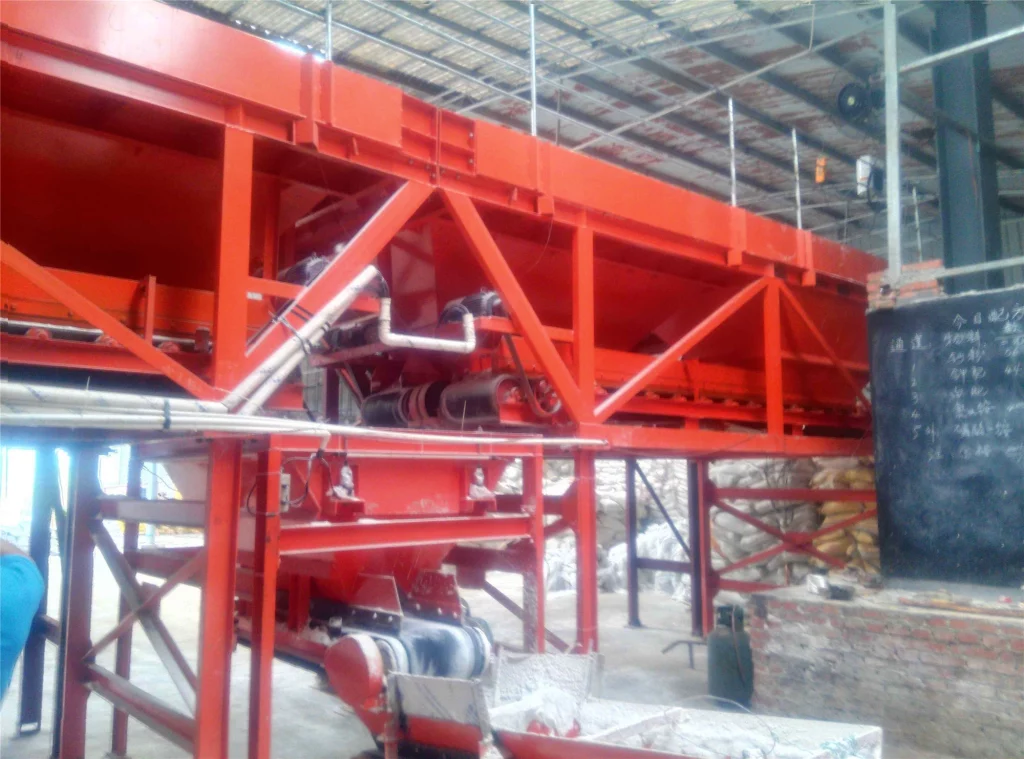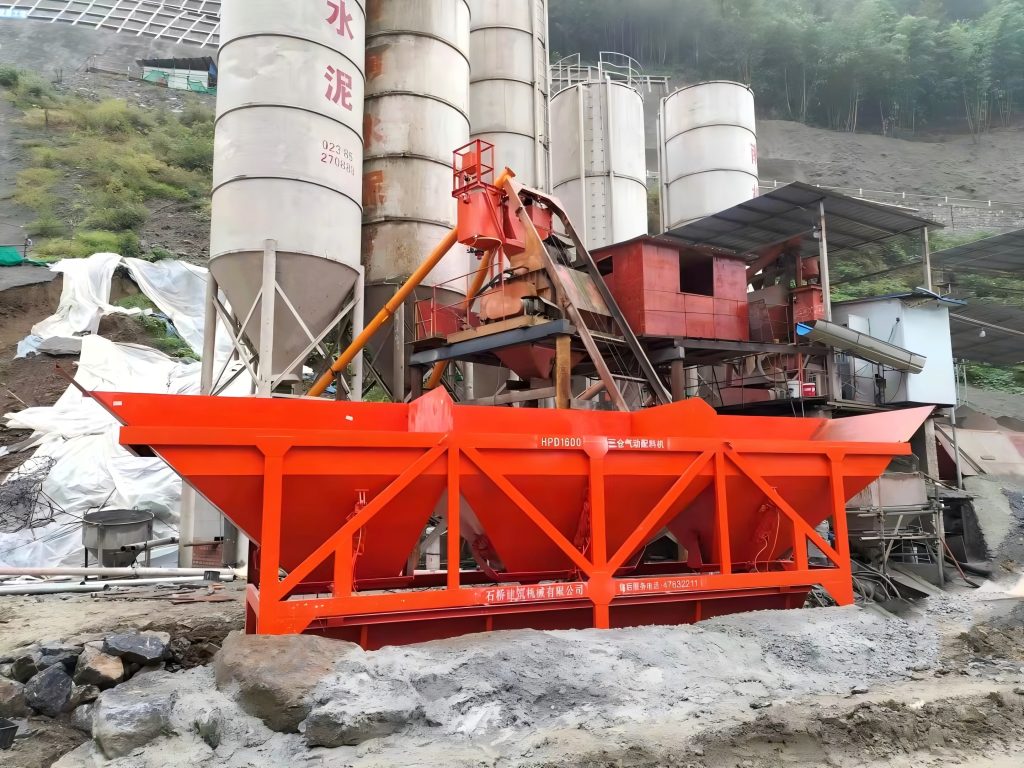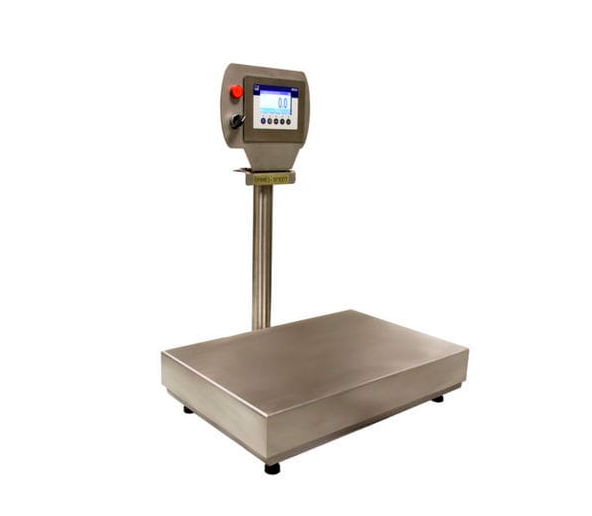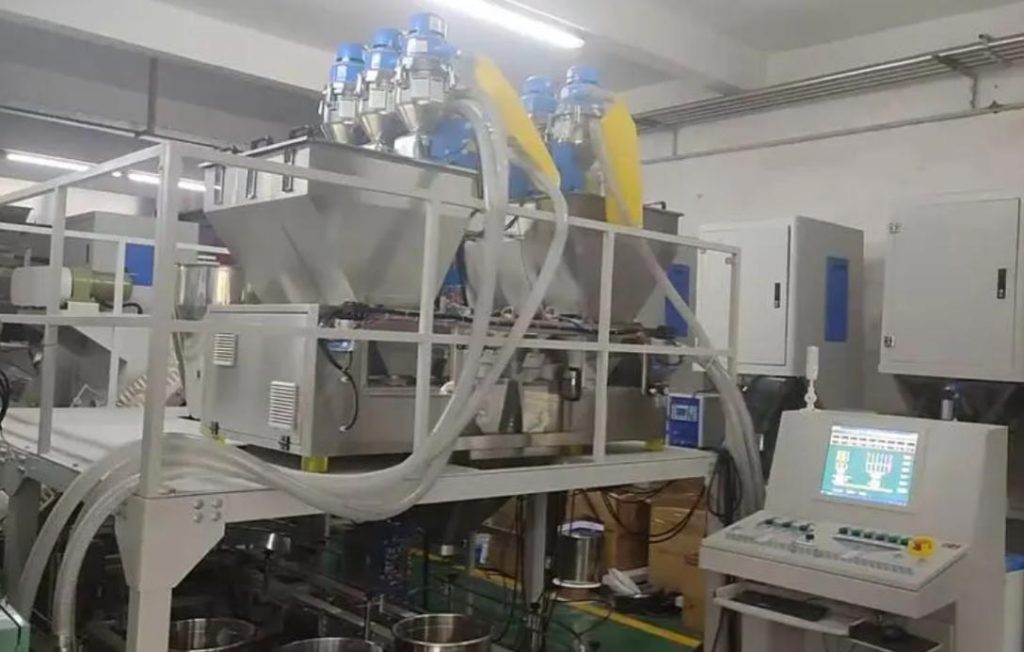How to Use a Batching Scale Safely and Effectively?
Batching scales are used in a variety of industries to ensure the accurate and efficient weighing of ingredients for recipes or formulas. From bakeries to pharmaceutical labs, these dependable tools help to ensure consistent product quality and streamline manufacturing processes. However, maximizing the benefits of a batching scale necessitates both safe operation and efficient usage. Batching Scales manufacturer Bincen will walk you through these critical steps, allowing you to fully utilize your batching scale.

Safe Operation of Batching Scale
1. Pre-operation Checks
- Visual Inspection: Before turning on the scale, conduct a quick visual inspection. Check for physical damage to the platform, weighing mechanism, or control panel. Cracks, loose wires, or damaged displays may indicate a malfunction.
- Power Connection: Ensure that the power cord is securely plugged into a working outlet. Check for frayed wires or exposed conductors that could cause an electrical hazard. If using an extension cord, ensure that it is rated for the scale’s power requirements and in good condition.
- Clear Weighing Platform: Check that the weighing platform is completely free of any objects or debris. The platform should be free of spills, containers, and other items that could interfere with weight measurements.
2. Following Manufacturer’s Instructions
- Consult the Manual: Each batching scale model may have slight variations in operation and safety protocols. Refer to the manufacturer’s instruction manual that came with your particular scale. This manual will include detailed safety guidelines that are specific to your equipment’s features and functionalities.
- Emergency Procedures: Familiarize yourself with the emergency stop procedures in the manual. Knowing how to turn off the scale quickly in the event of a malfunction is critical for safety.
- Calibration Instructions: The manual outlines the proper calibration procedure for your scale. Regular calibration with certified weights ensures precise measurements and the integrity of your batches.
3. Proper Handling of Ingredients
- Understanding Ingredients: Handling techniques vary depending on the ingredient. Powders, for example, may need funnels to prevent spills, whereas liquids may require containers with proper lids to avoid drips or splashes.
- Personal Protective Equipment (PPE): If you’re working with hazardous materials such as chemicals or allergens, make sure to wear the appropriate personal protective equipment (PPE) specified in the material’s safety data sheet. Gloves, safety glasses, respirators, and other protective clothing may all be included.
- Safe Lifting Techniques: Proper lifting techniques are essential when handling heavy containers of ingredients to prevent back strain and injuries. Lift with your knees bent and your back straight. Use lifting aids such as dollies or hand trucks for heavy loads.
- Spills and Leaks: Prepare a plan for dealing with spills and leaks. Keep spill-cleanup materials readily available in the workplace. Spills should be cleaned up right away to avoid contamination and slip hazards.
4. Maintaining a Clean Workspace
- Regular Cleaning: Maintain a clean workspace surrounding the batching scale. To remove dust, debris, or spilled materials, wipe down the platform, control panel, and surrounding area regularly. This reduces cross-contamination between batches and improves overall hygiene.
- Sanitation Procedures: Sanitation procedures may vary based on industry and the ingredients used. This could include applying approved cleaning solutions and disinfectants to the scale and surrounding surfaces.
- Debris Control: Reduce clutter in the weighing area. To avoid creating obstacles that could cause slips or falls, keep ingredient containers organized and stored properly.
You can ensure the safe and effective operation of your batching scale by performing these detailed pre-operation checks, following manufacturer instructions, using proper handling techniques, and keeping your workspace clean. Safety comes first when working with any industrial equipment.

Effective Use of Batching Scale
Using a batching scale effectively entails more than just turning it on and loading ingredients. Here’s a breakdown of key practices to maximize its benefits while ensuring accurate measurements:
1. Choosing the Right Scale
- Capacity: Choose a scale with an appropriate weight capacity for your needs. Do not overload the scale by exceeding the maximum weight limit. This can harm the equipment and reduce accuracy. Consider the heaviest ingredient you’ll be using and select a scale with a suitable buffer zone.
- Accuracy Level: Precision requirements vary by application. A high-precision scale is required for recipes that require precise measurements (such as pharmaceuticals). For less critical applications, a standard scale may suffice.
- Number of Channels: If your recipes require multiple ingredients, consider scales with multiple channels or feeders. This allows for the simultaneous weighing of multiple ingredients, which streamlines your process. Choose a scale that has enough channels to accommodate all of the ingredients in your typical recipes.
2. Calibrating the Scale
- Importance of Calibration: Regular calibration keeps your scale accurate over time. Components may wear and drift slightly, resulting in inaccurate measurements. Calibration is the process of verifying and adjusting scale readings with certified weights.
- Calibration Frequency: Calibration frequency depends on manufacturer recommendations and usage patterns. Scales used daily in high-precision applications may need to be calibrated more frequently than those used occasionally. Consult the manual for your specific model.
- Maintaining Calibration Records: Keep a logbook to track calibration dates and adjustments made. This allows you to monitor the scale’s performance and recalibrate it on time as needed.
3. Following Recipe Instructions
- Accurate Measurements: Precise weighing is necessary to ensure consistent product quality. When using the batching scale, carefully follow the recipe instructions. Pay close attention to the amounts specified for each ingredient.
- Double-Checking Measurements: Before you start adding ingredients to your batch, double-check your scale measurements. This reduces the possibility of errors in the final product.
- Recording Measurements: Consider keeping a record of your batching procedures, including the measured weights of each ingredient. This may be useful for future reference and quality control.
By following these batching scale usage best practices, you can ensure accurate measurements, increase production efficiency, and maintain consistent product quality in your batches. Remember that a well-maintained and properly used scale is an essential tool for any operation that requires precise ingredient quantities.

Conclusion
By following the safety guidelines and best practices outlined in this article, you can elevate your batching scale from a simple tool to a critical component of your operation. The safe operation ensures the safety of your employees and protects the equipment. Effective use ensures accurate measurements, reduces errors, and, ultimately, leads to consistent product quality and efficient manufacturing. A well-maintained and properly used batching scale is an investment that pays off in the long term. At the same time, as a professional scales manufacturer in China, we can give you more information not only about batching scales but also others. If you still have any questions please contact us.





